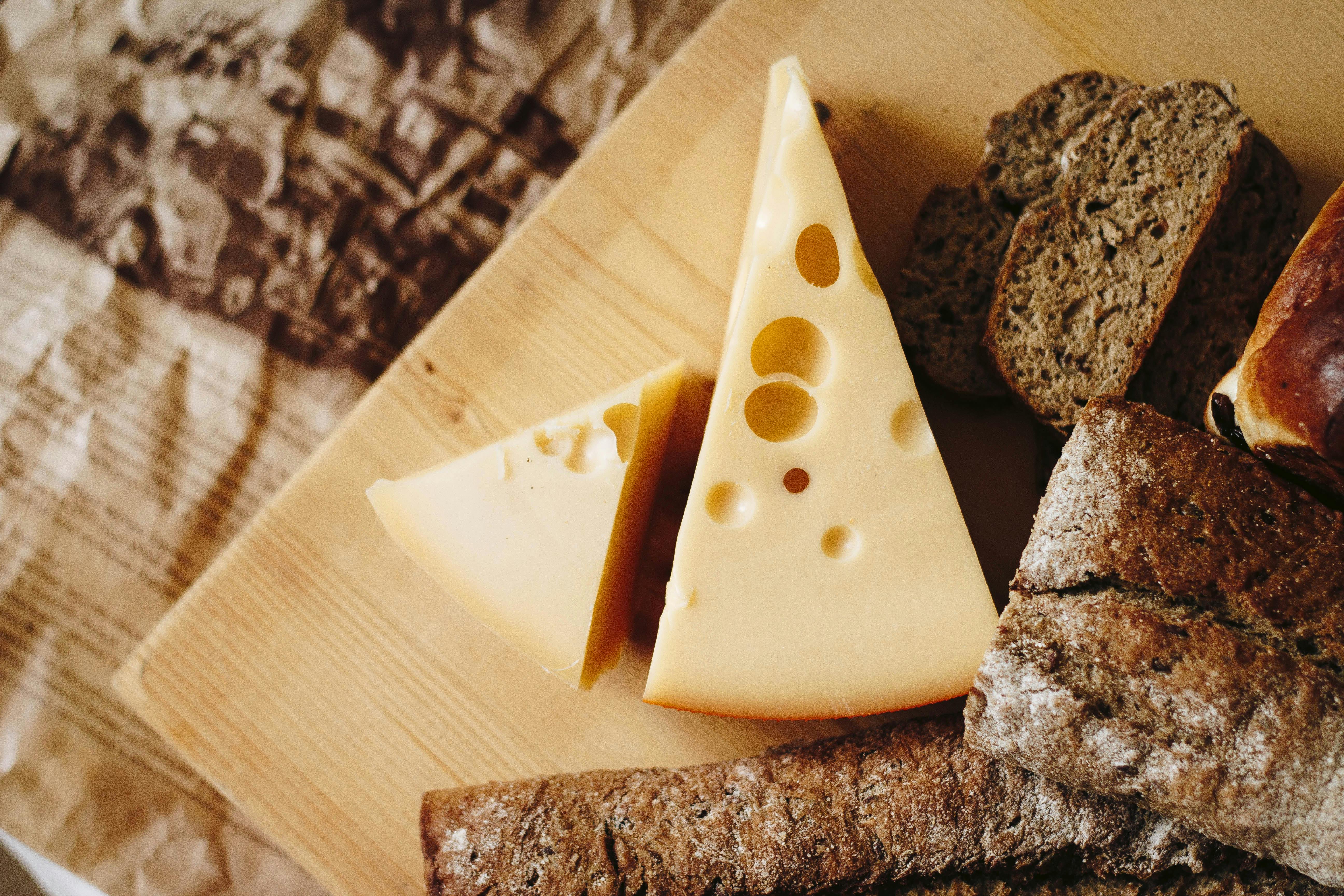Immersing In The World of Artisanal Cheeses: A Deep Dive Into Cheese-Making
Cheese lovers, unite! Let's embark on a mouthwatering journey into the universe of artisanal cheeses. We'll discover the fascinating process behind cheese-making, get introduced to some of the world's most unique cheeses, and even explore how we can experiment with these delectable delights in our own kitchens.

The Art and Science of Cheese-Making
Cheese-making is a delicate blend of artistry and science. It begins with simple, natural ingredients: milk, cultures, and rennet. The type of milk used (cow, goat, or sheep) and the cultures introduced can greatly affect the flavor and texture of the final product. The rennet, which coagulates the milk, is key to forming the curds. This intricate process requires precision, patience, and a deep understanding of the biochemical reactions involved.
The Wide World of Cheese Varieties
There’s an almost infinite variety of cheeses in the world, each unique in flavor, texture, and aroma. Take the Norwegian Brunost, for example. This brown cheese, made by caramelizing the whey, offers a sweet, fudgy taste. Or the Spanish Cabrales, a blue cheese matured in caves, which has a strong, spicy flavor. Exploring these diverse cheeses can be a delightful gastronomic adventure.
Cheese and Gastronomy: Perfect Pairings
Cheese is not just for nibbling on its own. It can be a game-changer in your culinary creations. From the classic French onion soup topped with a melting slice of Gruyere to a rich, creamy Fettuccine Alfredo with Parmesan, cheese can elevate a dish from ordinary to extraordinary. Experiment with different cheese pairings to discover new taste sensations.
The Rise of Artisanal Cheese-Making
Artisanal cheese-making has seen a surge in popularity in recent years. These small-batch, handcrafted cheeses offer unique flavors and textures that mass-produced versions can’t match. They reflect the passion and skill of the cheese-makers, and often use locally sourced, high-quality ingredients. Supporting these artisanal cheese-makers also means promoting sustainable agriculture and local economies.
Making Cheese at Home: A Fun Culinary Experiment
Making cheese at home can be a fun and rewarding culinary experiment. Start with a simple fresh cheese like ricotta or mozzarella, which requires minimal equipment and ingredients. Once you get the hang of it, you can move on to more complex cheeses. Homemade cheese can also be a great way to control what goes into your food, especially if you prefer organic or locally sourced ingredients.
Cheese Trivia and Tips:
- The holes in Swiss cheese are caused by carbon dioxide released by bacteria during fermentation.
- Cheese is best served at room temperature to fully appreciate its flavors.
- Pairing cheese with fruits, nuts, and honey can enhance its taste.
- The rind of the cheese often contains intense flavors and can be edible, except for wax or cloth rinds.
In conclusion, delving into the world of artisanal cheeses can be a fascinating journey. From understanding the science behind cheese-making, exploring the vast array of cheese varieties, to experimenting with cheese in our culinary creations, there’s so much to discover and enjoy. So, next time you savor a piece of cheese, take a moment to appreciate the craftsmanship and tradition behind it.



